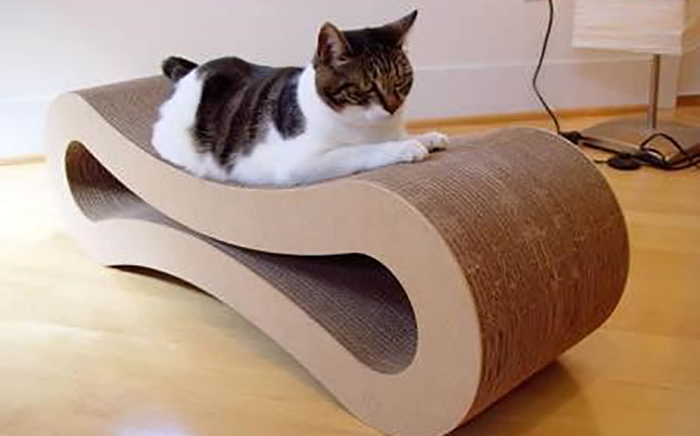Indoor Enrichment for Your Cats
I am currently in self isolation for 14 days after I’ve been travelling overseas. Being at home 24/7 has made me realise how mind-numbing Netflix and house chores can be. Now I know how my cats feel at home. Indoor activities and enrichment are no doubt very important for them.
Cats are born to move. They have sharp senses, eyesight and flexible bodies that enable them to move with incredible speed, stealth and accuracy. Free roaming cats have a range of habitat that allows them to use their skills and ‘weapons’ to hunt, scavenge for food and interact with other cats. On the contrary, household cats, especially strictly indoor cats (like mine) can be deprived of these environmental stimuli and boredom may set in. Boredom in cats can potentially lead to the above undesirable behaviours. Therefore, we need to make the indoors as interesting as the outdoors. There are a few ways to provide entertainment for them.
Let’s start from feeding:
- Instead of feeding them from a food bowl at the same place all the time, consider changing the feeding locations and placing food on a higher platform for younger cats to encourage some activity
- Here are some DIY interactive feeding bowl and bottles that you can make from toilet rolls (good time to recycle all the toilet rolls you have), cleaned yogurt tubs and empty drink bottles
Please refer to this website for instructions – https://icatcare.org/app/uploads/2019/12/Five-a-day-Felix.pdf
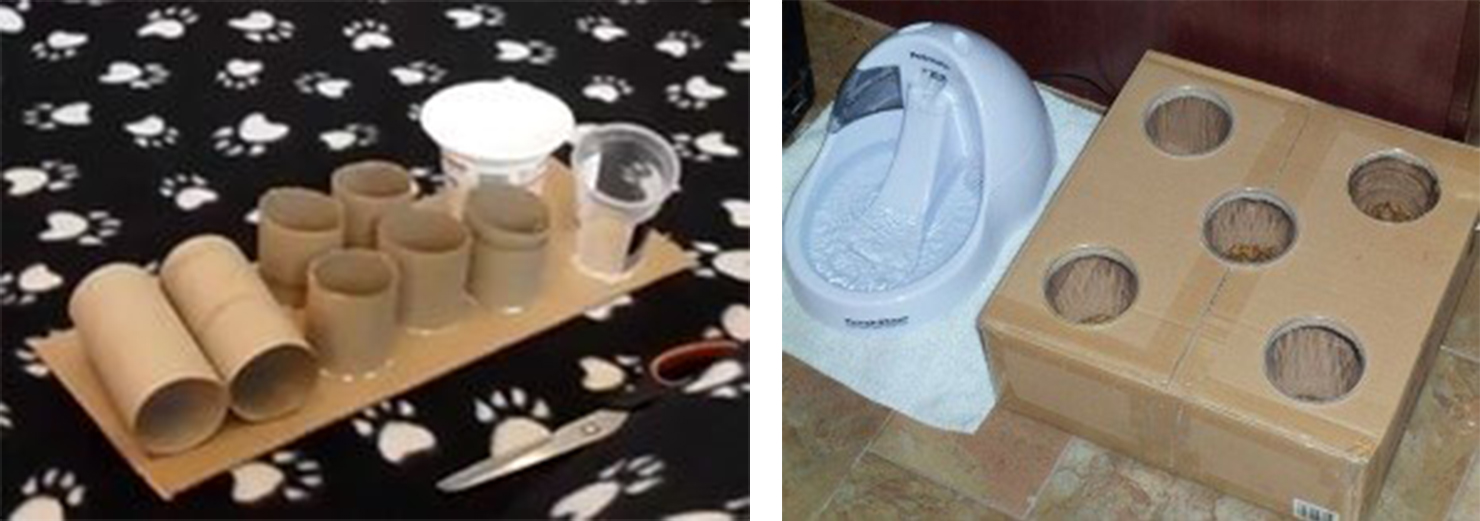
Toys are one source of enrichment we can provide for our little furry princes and princesses at home. Knowing what stimulate your cats is based on trial and error. Try to experiment with toys of different texture, noise and smell. My cats absolutely adore fishing rod toys with feathers off the end. To trigger their prey-drive, try moving the toy across their vision or away from the field of vision to simulate a prey running away from them. Dangling the toy in front of them usually doesn’t entice cats as prey doesn’t run to the cat and offer themselves as lunch.
- Toys with catnip or with rattles are also good fun toys as well. Start by catching their attention by darting the toy across their vision and hiding them in tissue boxes or half way out the opening of their cubby house to entice their curiosity
- Something simple like a ping pong ball on a hard floor can provide hours of fun! A ping pong ball is light enough that it won’t cause any damage in the house and it fits perfectly on a cat’s paw to be batted around
- An empty box, a scrunch up piece of paper or foil can be loads of fun too! Another toy that get my cats get excited for is the laser pointer. That red dot is the ultimate monster for them to catch!
Be careful of hair ties, rubber bands, cable ties or any string like material. Although this could be very entertaining for cats, it can cause an obstruction in their gut if they ingest it.
Cats love to have hideaways. Hideaways can be a safe escape for a timid cat but also a fun hide and seek game as well. An igloo shaped hut, A-shaped tent or an empty box is an excellent hideaway. Crumply doughnut shaped tunnels are heaps of fun, especially in a multi-cat household.
You can make your own A-shaped tent using old clothes hangers, cupboard and a used T-shirt.
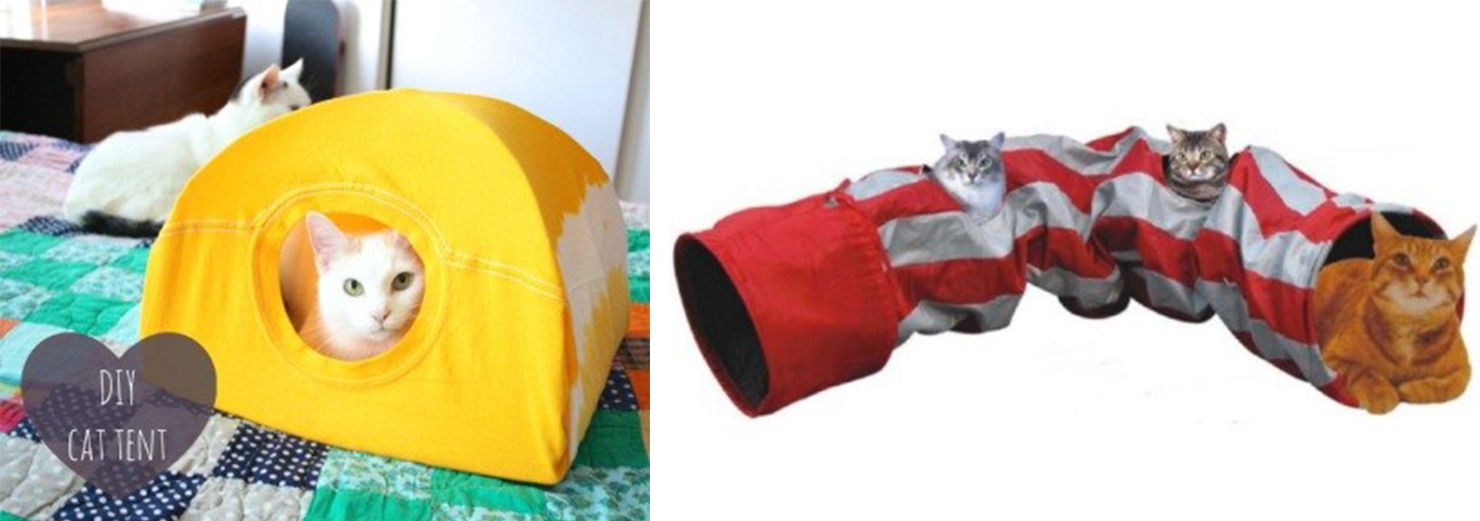
https://www.instructables.com/id/DIY-cat-tent/
 As cats are visual animals, we need to provide them with visual stimulus as well. A window hammock is a great bed for cats to rest and to see the world passes by. There are applications of games for cats that you can download. They simulate prey reaction and can keep cats entertained. The most important rule with interactive game play is to end the game in a positive note before your cat gets bored and cats get bored very easily. It is important to not leave any toys out that requires your interaction. Try to rotate toys to prevent boredom. Any toys that are not used should be kept away.
As cats are visual animals, we need to provide them with visual stimulus as well. A window hammock is a great bed for cats to rest and to see the world passes by. There are applications of games for cats that you can download. They simulate prey reaction and can keep cats entertained. The most important rule with interactive game play is to end the game in a positive note before your cat gets bored and cats get bored very easily. It is important to not leave any toys out that requires your interaction. Try to rotate toys to prevent boredom. Any toys that are not used should be kept away.
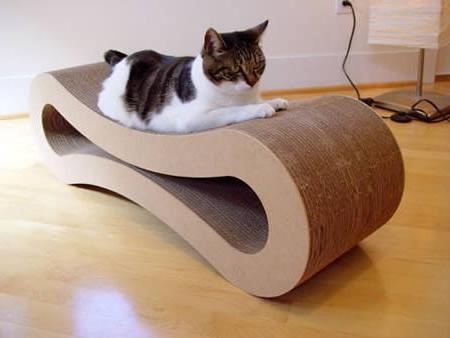 Other than playing, scratching is a very important part of a cat’s life; it helps stretch out their muscles and displaces anxiety. Cats like variety and sometimes vertical scratching posts alone are not enough. Providing your cat with various scratching surfaces on different angles may prevent your cat from destroying your well-loved furniture.
Other than playing, scratching is a very important part of a cat’s life; it helps stretch out their muscles and displaces anxiety. Cats like variety and sometimes vertical scratching posts alone are not enough. Providing your cat with various scratching surfaces on different angles may prevent your cat from destroying your well-loved furniture.
My personal favourite would be cat furniture that is made of cupboard. It not only functions as an excellent scratching surface but also looks good in the living room!
For cats that enjoy being outdoors, you can consider an outdoor enclosure. Many companies make safe outdoor enclosures, ranging from an outdoor portable tent to a complete enclosed backyard. An aviary is a good alternative as some outdoor enclosures can be expensive. If you’re handy, you can set up multi level platforms in the aviary as most cats love to be up high. You could train your cats to get used to a harness and could walk them on a leash. Here is a picture of my cat Skittles relaxing under a bush on a leash.
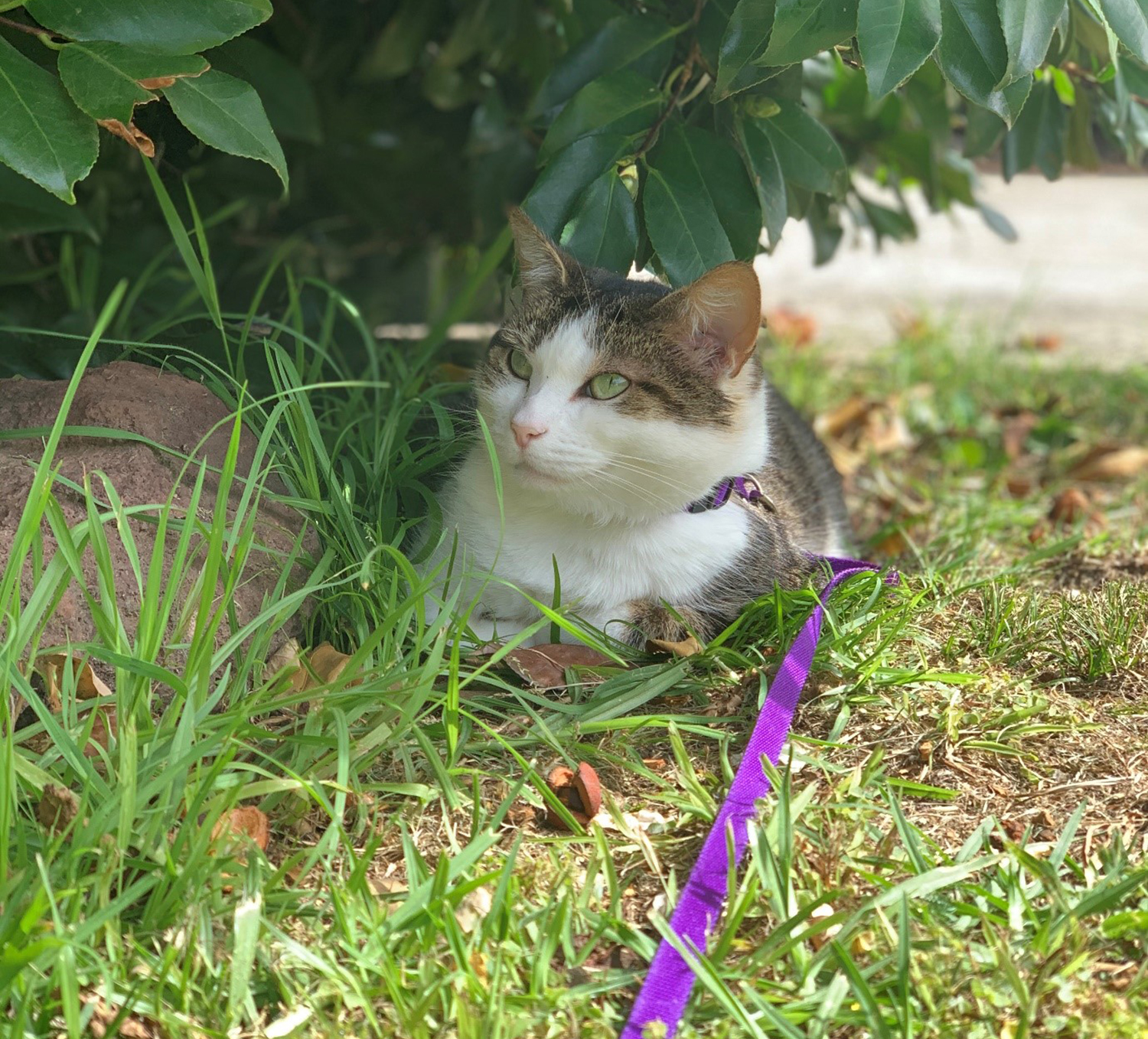
Bringing things from outdoors such as grass, small twigs, logs or dried leaves indoors could help your cat experience the scent of the outdoors. Logs can also be provided as a scratching tool as well.
Another indoor enrichment will be to train your cats to perform tricks. Yes, you can train your cat. You can train them to sit, high five or even fetch and retrieve light objects. Cats are not as keen to work for praise and attention as dogs are but training your cat does have a few benefits. Training your cat not only stimulates their mind and body but also strengthens the bond you share.
Here are some tips to teach your cat to sit:
- First, you need to get your cats attention by knowing her/his favourite treat. It can be a piece of diced chicken, toast with vegemite, bits of meat or commercial treats
- Once you have your cat’s attention, hold the treat in front of its nose. When your cat is sniffing the treat, slowly move the treat back towards its ears. Most cats will sit down when their chin is raised upwards and back. Try not to lift the treat upwards as your cat may just stand up on its hind legs
- The moment your cat’s bottom hits the floor, say the command ‘sit’, then praise it and offer it the treat. If your cat does not sit in the first try, but its bottom is moving downwards, give it the treat anyway
- Most cats can’t see objects that are still and close up in between their nose. If your cat is struggling to take the treat from your finger you may have to offer it on your palm or toss it on the floor
- It is important to keep training sessions short and never force the cat to perform any action
With patience, repetition and positive encouragement your cat will be sitting on command in no time.

